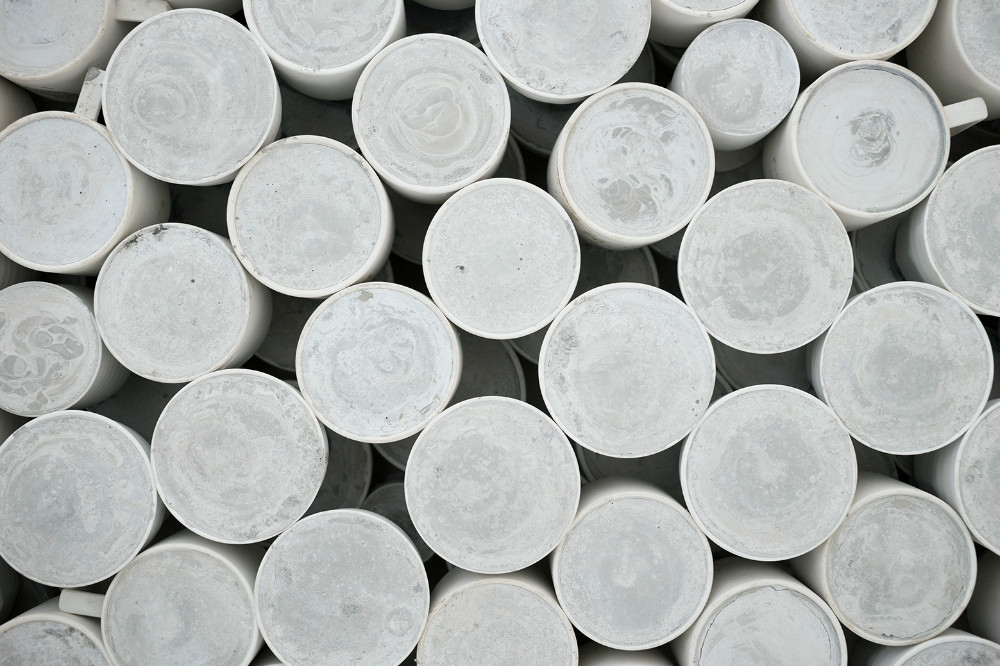The idea of walking on broken glass got transformed innovatively by the designer Yusuke Seki, when he was approached for the remodeling of Maruhiro, the Flagship store for Hasami Ceramics.

Standing on the shoulders of Japanese Hasami ceramics history, Maruhiro is the leading producer of Hasami pottery and porcelain. Named for the region including Hasami, Nagasaki prefecture, this area has a history of ceramic tableware production and wholesale distribution dating back to the early 17th century. Enounced with the beautiful art of minimal designs, Hasami porcelain sets comprise of pieces, which are all circular and come in six sizes; tailored to always fit together. Mugs, bowls, trays all share the same diameter, so they can be stacked freely, stored, and transported easily.
A renovation of the pre-existing flagship shop, Seki’s design is a wedlockof architectural knowledge and artisanal know-how, quintessentially reflecting the region and culture of Hasami. In doing so, he creates an entirely location – situation-specific experience. Seki’s vision posits the designer as interpreter. His methods seek to amplify Hasami’s heritage by drawing out and translating the potential of the complete local environment, unifying its people and roots. With this minimal design interference, a modification in the level of the floor,not only utilizes the pre-existing space to alter the perspective and experiences held by the users until the present, but also endows an entirely new sense of spatial flow.Two steps made from the contrasting traditional bricks lead customers up to the ceramic platform, which is patterned with the different-sized circular shapes across its walkable surface.
Constructed of 25,000 pieces with cooperation from numerous pottery factories of Hasami area, the conceptual and experiential focus of the design is a stacked central platform, layered with locally sourced imperfect tableware and poured concrete. Each of these pieces called “Shinikiji” in Japanese, were found to be flawed after the initial bisque-firing by their respective local production facilities. As part of his re-evaluative design process, Seki revived these pieces, using them to make bricks, and transforming them to a new architectural material for this occasion. Collected here, the stage is a representation of “Monohara”, the name given to the kiln-side specific areas where the broken pieces are disposed after the firing process. These exist solely in Nagasaki, since ever accruing these imperfect pieces for approximately 400 years—an archaeological mille-feuille of the long industrial history of this region. The flooring also creates a sense of reverence for history through the unified assembly of little delicate modules, conveying the fragility of the each individual item, engineered together to inspire and cultivate respect for the legacy on the whole.
Apart from this, Seki has designed a number of shops and exhibition spaces to promote traditional Japanese crafts, including a kimono shop in Kyoto and an installation using hemp fabrics for a Tokyo textile brand. For those who’re planning to walk by, Maruhiro is surely going to be a moving experience.
Design by Yusuke Seki
Photos Courtesy of Yusuke Seki Studio




























